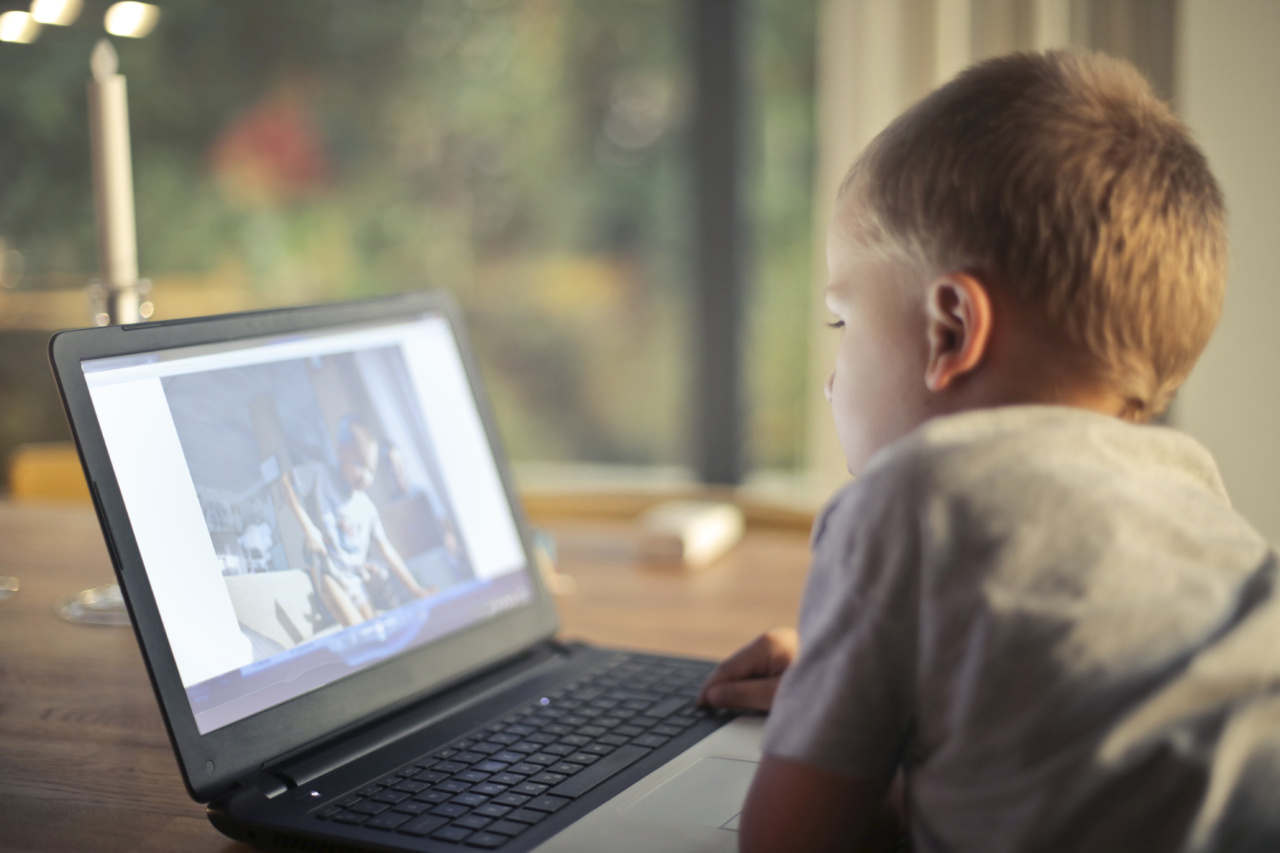Technology has become an essential part of our lives. From smartphones and tablets to laptops and gaming consoles, we are constantly surrounded by screens.
While technology has made our lives easier and more convenient, it has also contributed to the rise of childhood obesity.
The Connection Between Technology and Childhood Obesity
Children today spend a significant amount of time using technology. According to a study published in the Journal of Pediatrics, children between the ages of 8 and 18 spend an average of seven and a half hours a day using screens.
This sedentary behavior has a direct link to childhood obesity.
Children who spend too much time in front of screens are not getting enough physical activity. This lack of activity leads to weight gain and increases the risk of obesity.
In addition, the sedentary behavior associated with screen time can lead to poor eating habits and a higher risk of developing health problems such as diabetes and heart disease.
The Impact of Technology on Sleep
Technology can also negatively impact a child’s sleep patterns. Bright screens emit blue light, which can suppress the production of the hormone melatonin.
Melatonin is responsible for promoting sleep, and a lack of it can lead to difficulty falling asleep and staying asleep.
Studies have shown that children who use screens before bed have a harder time falling asleep and experience a lower quality of sleep. Poor sleep patterns can lead to fatigue, decreased activity levels, and an increased risk of obesity.
The Role of Parents
Parents play a crucial role in preventing childhood obesity related to technology use. It is important for parents to limit their child’s screen time and encourage physical activity.
The American Academy of Pediatrics recommends that children between the ages of 6 and 18 should have no more than two hours of screen time per day.
Parents can also encourage healthy eating habits by providing nutritious meals and snacks. Additionally, parents can set a good example by being active themselves and limiting their own screen time.
Strategies for Reducing Screen Time
Reducing screen time can be a challenging task for both parents and children. However, there are several strategies that can help:.
- Set screen time limits: Create a schedule that limits the amount of time spent on screens each day.
- Promote alternative activities: Encourage children to participate in physical activities such as sports, dancing, or biking.
- Make screen time active: Instead of sitting and watching TV or playing video games, encourage children to play interactive games or use fitness videos to get active while using screens.
- Monitor content: Ensure that the content children are viewing is age-appropriate and educational.
Conclusion
While technology has its benefits, it has also contributed to the rise of childhood obesity. Children who spend too much time in front of screens are not getting enough physical activity and are at risk of developing health problems.
Parents can help prevent childhood obesity by limiting screen time and promoting physical activity and healthy eating habits.































